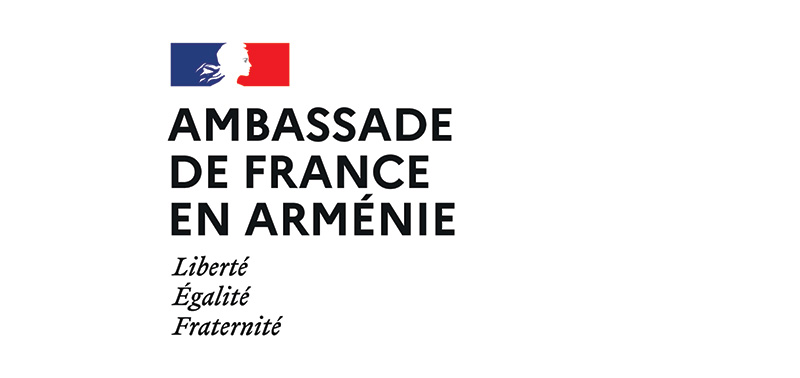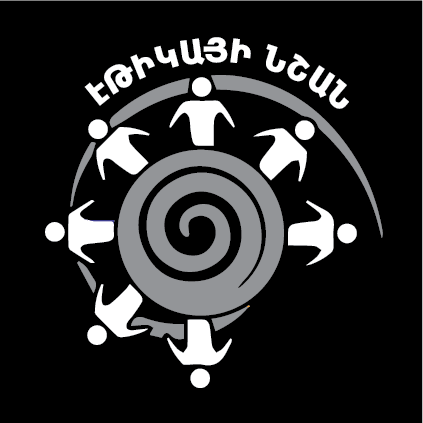Recently, an Armenian online TV channel Paradiplomacy has released a video titled “The Russo-Persian Wars and the Liberation of Eastern Armenia”. The video contains numerous historical omissions, obvious mistakes and deliberate distortion of real facts. Even putting aside all the manipulative tricks used in the video, we cannot avoid the numerous historical mistakes.
The first thing to notice is the notion “Liberation of Eastern Armenia” mentioned in the title of the video. It should be noted that Eastern Armenia was not liberated; it simply passed from one empire to another one. The term “liberation” is a legacy of Soviet historiography and has long been denied even by academic circles, at least in this aspect.
1045 instead of 1375
Now about the actual video, which begins with the following thought:
“After losing its statehood in 1375, Armenia fell under the dependence of nomadic Turks’ newly established empire and the Persian empire.”
Most probably, the authors here refer to the destruction of the Cilician kingdom. It should be noted that the Armenian Kingdom of Cilicia has no geographical relevance to the Eastern Armenia. Moreover, the last kingdom on the territory of Eastern Armenia was the Bagratid Kingdom of Armenia, which was destroyed in 1045. Whereas the Seljuk Turks’ first invasions began in 1047. In other words, Armenia had already been under the rule of nomads and different other states. For a short period, we managed to overcome the rule of foreigners with the efforts of the Zakaryans dynasty.
Sovereignty
Later, in the video it is mentioned “In this difficult situation, the last remnants of sovereignty disappear in Armenia.”
Before the Russo-Persian wars, at least in Syunik and Artsakh regions of Armenia, there were several autonomy formations, called melikdoms or melikates. They were also known as Melikdoms of Khamse.
Not only did these melikdoms have autonomy but they also had their own military forces. Meanwhile in the Western Armenia, the minor principalities of the Armenian feudal lords maintained their existence in Shatakh, Sasun, Zeytun, Moksha and several other places.
Freedom of Trade
Further in the video it is mentioned: “Starting from the rule of Ivan the Terrible, Armenians began looking for support from the Russian statehood, which was growing in power, by motivating the Czar to become the protector and the patron of the first Christian nation. Shortly after, the Armenian Trade house was formed and received privileges that in the future even the English merchants were not able to receive.”
The inclination of the Armenian political line towards Russia started in 1701 due to Israel Ori. Until that time, all the Armenian delegations and councils that made decisions on seeking allies, had solely applied to the Pope and the European states. Moreover, Armenians gained wide trade freedoms and monopolies only in 1667 granted by Czar Alexei Mikhailovich (one century after the rule of Ivan the Terrible) due to the gifts presented to him by the Armenian merchants. Meanwhile, the example of the English merchants mentioned in the video is simply ridiculous. England was viewed as a rival to Russia, sometimes an enemy state. In that case why would the British merchants receive privileges in the territory of Russia?
Peter I
In the video in is mentioned: “During the reign of Peter I, a decision was made to support the liberation struggle of Armenians, whereas Russia, being at war with a very strong Swedish army, was not ready for a war on two fronts.”
First of all, it should be noted that the Great Northern War ended in 1721. The Caspian Invasion of the Peter I began in 1722. His Caspian invasion began after the Northern War.
With the urging of the Peter I the Armenians and the Georgians were waiting for him for about two months at the place called Cholak near village Gandzak. However, after capturing Derbent, Petros I unexpectedly returned to Astrakhan. Later, on June 12, 1724, Peter signed the Constantinople Treaty with Turkey with which Turkey recognized the integration of the Caspian region with Russia and the Russian side left the territories to the west of Shamakhi, including the entire Eastern Armenia, under the control of Turkey.
Georgia
According to the authors of the video: “In 1801, at the request of Georgian Czar Irakli II, Georgia became part of Russia.”
Perhaps the authors refer to Heraclius the Second King of Georgia. However, the king of Georgia was never called a czar. Czar was the title of the Russian monarchs, which is equivalent to the title of Emperor. Moreover, Heraclius the Second could not send a request to Russia in 1801 because he died in 1798. Russia simply violated the provisions of the Treaty of Georgievsk signed in 1783 and following the death of the King of Kartli-Kakheti George XII, Russia did not allow the enthronement of the crown prince and annexed the Eastern Georgia.
[easy-social-share buttons="facebook,twitter,vk,telegram" counters=1 style="icon" point_type="simple"]
 FACTOMETER
FACTOMETER







